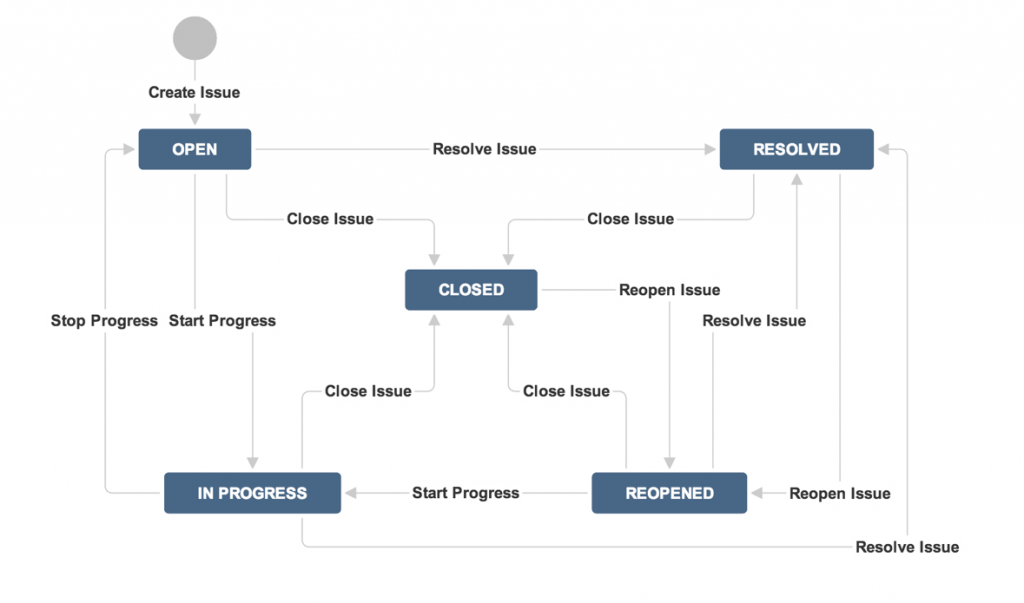You probably think you know who your stakeholders are. Somewhere in your project documentation, you have a list, with a RACI Matrix to show each person’s level of involvement. If you are using PRINCE2, then it is probably in the Project Brief or the Communication Plan.
However, it is very likely that there are other stakeholders who are not included in this list, who are not involved in the project, yet who have the authority to prevent the project from going into production if they are unhappy with what has been delivered. They are usually technical specialists who have been with the organisation for a long time and are the main subject matter experts in their field. I call these hidden stakeholders and they are the custodians of hidden requirements.
For example, in a project delivering online bills, somewhere there is specialist who knows (and more importantly, cares) exactly how the bill should look. Their knowledge is at a deeper level than defined in the requirements. Perhaps they weren’t consulted when the requirements were defined, or maybe the requirements are insufficiently detailed. If this billing specialist advises the executive management that the project doesn’t meet their requirements, this can cause you a serious problem, even if the project meets all of its documented requirements. The later in the project that this happens, the more difficult it is to manage. Remember, the billing specialist is not trying to hinder your project out of spite, but because they care so much about their subject area.
You should seek out hidden stakeholders as early as you can and if possible bring them into the project team. At the very least, you need to make sure they are informed of everything in the project that affects their technical speciality, and if they seem unhappy, go and find out why. Find a way to get them on your side and document their hidden requirements. Of course, the Change Board (which has the authority of the executive management) can reject these new requirements if they wish.
Whatever you do, don’t ignore hidden stakeholders! They know more than you, (or anyone else in the organisation) does about their speciality and consequently they may wield far greater influence than you expect.
